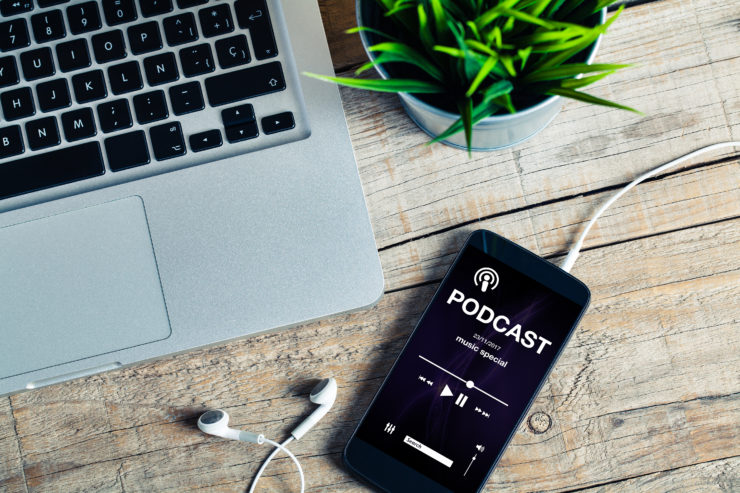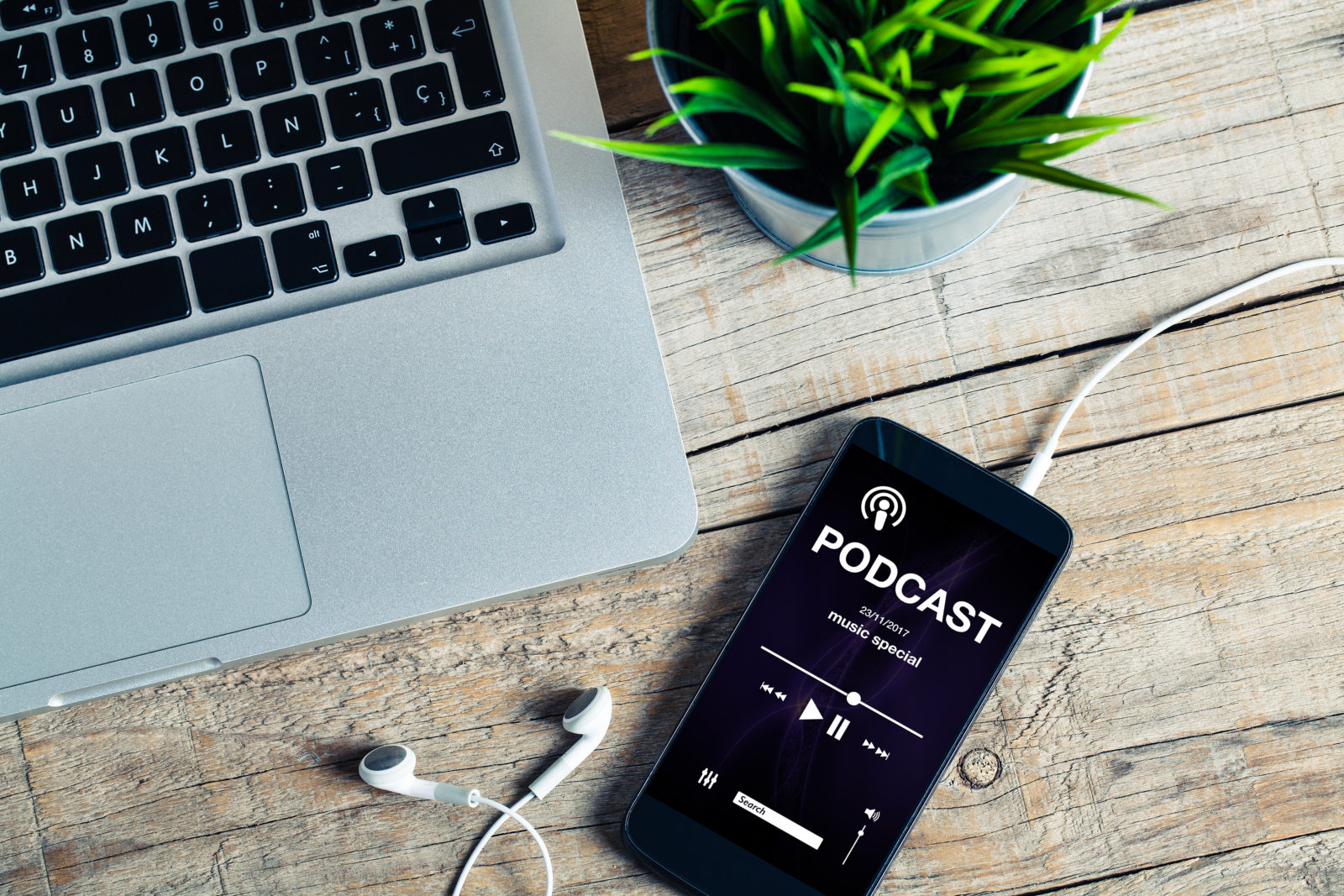Nieuws
Podcast lectures: Recommendations for a Corona-proof lecture format
by Dick Zijp and Laura Karreman (Department of Media and Culture Studies, UU), May 2020
A podcast lecture is a multimedia lecture format that consists of an audio file, or a series of shorter audio files, which are supported by slides and/or clips, followed up by a live Q&A session online. This format was developed for the course Introduction in Theatre and Dance/Inleiding Theater en Dans (160 students), which is part of the curriculum (year 1) of the BA Media and Culture. It is good to keep in mind that we created this format for the demands of a large-scale first-year course. Because of the positive experiences so far of teachers and students with this format, we wanted to share some recommendations to support colleagues who are looking for new ideas for Corona-proof teaching.
How to create a podcast lecture?
– Create slides (or use already existing slides). Main functions: to give students a clear point of reference for the structure of your lecture, to provide them with correct names/concepts/characteristics etc., and to give access to visuals (images and clips).
– Make an audio recording of your lecture. Divide your lecture in 4 to 5 parts/tracks (of around 15 minutes each), with a total length of app. 60-75 minutes. You may refer to the slides or instruct students to watch a clip. Avoid perfectionism: Try to record each track in one take. Minor lapses and pauses are all part of the live experience and students appreciate this. Acknowledge the possibility that students may listen to the podcast while not having (immediate) access to the slides (they may be out on a walk). Note that it takes much less time and effort to record an audio file than a video file.

– Upload the separate audio tracks and the complete audio track to Blackboard at the same time every week, so that students can plan accordingly. Include the subject and the length of each file in the title. Describe the content segmentation for the complete file (i.e. “[Topic 2] starts at 14.50.”).
– Organize a 30-minute Q&A about the lecture via an online conferencing platform. This should not be an obligatory session, student participation is optional. However: Please invite students to attend even if they do not have questions. They might like to hear questions from fellow students. It is helpful when lecturers and tutorial teachers both participate in the Q&A, because this supports the preparation of the tutorials. Students also greatly appreciate hearing teachers discuss their questions with other teachers.
Why do students appreciate podcast lectures?
– They are portable and lightweight: The lecture as audio file imitates the podcast format, which most students are familiar with. It is easy to download and listen to on their phone in the environment of their choice. An audio file has a smaller size than a video file, which makes it easier to download. Most students report that they find it easier to focus on an audio file than on a video. Listening to a voice creates a feeling of proximity.
– They offer flexibility in learning: Students have several options to engage with the material, in a way that works best for them: Some listen to the lectures while looking at the slides, others go for a walk or do something else while listening, and look at the slides later. As opposed to video, students can scroll the slides while listening. It is also easy for them to re-play elements of the lecture they find difficult to understand.
Further questions? Feel free to contact Laura Karreman (L.L.Karreman@uu.nl).
 15 mei 2020
15 mei 2020 U moet ingelogd zijn om te reageren, gebruik het formulier aan de linkerkant om in te loggen met uw solis gegevens.



 4
4